Home>Articles>What Is The Difference Between Drapes And Curtains
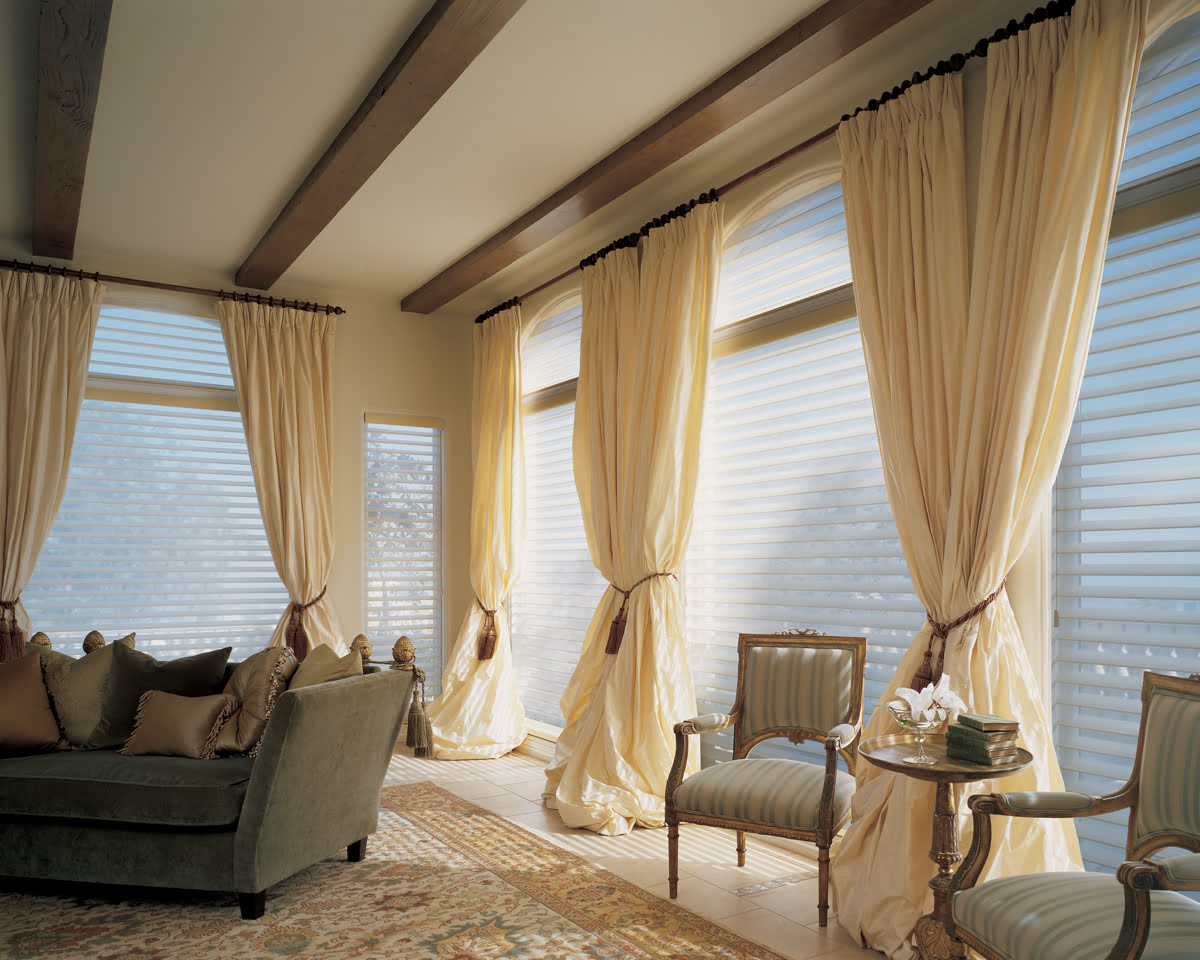

Articles
What Is The Difference Between Drapes And Curtains
Modified: August 16, 2024
Learn about the key distinctions between drapes and curtains in this informative article. Gain insights into their varying styles, materials, and uses.
(Many of the links in this article redirect to a specific reviewed product. Your purchase of these products through affiliate links helps to generate commission for Storables.com, at no extra cost. Learn more)
Introduction
When it comes to dressing up windows and enhancing the overall aesthetics of a room, drapes and curtains are two popular choices. However, many people often use these terms interchangeably, without realizing that there are distinct differences between them. Understanding the dissimilarities between drapes and curtains can help you make informed decisions when it comes to selecting window treatments for your home.
In this article, we will delve into the definitions of drapes and curtains, explore the variations in fabric and material, discuss differences in length and width, examine the purpose and functionality, explore the types of hanging systems, consider design and style options, explore maintenance and cleaning requirements, and discuss cost differences. By the end of this article, you will have a comprehensive understanding of the distinctions between drapes and curtains, and be equipped to make an informed choice for your windows.
Key Takeaways:
- Drapes are heavier, more luxurious, and provide better insulation and privacy, making them ideal for formal spaces like bedrooms and living rooms where temperature control is a priority.
- Curtains offer versatility in style, design, and cost, making them a budget-friendly option for adding a decorative touch and filtering natural light in casual spaces like kitchens and living rooms.
Definition of Drapes and Curtains
Before diving into the differences between drapes and curtains, it is important to understand their individual definitions. Drapes are window coverings made from heavier fabrics that provide not only privacy but also insulation. They are often lined and can be floor-length, reaching all the way to the ground, giving a more luxurious and formal appearance to a room.
Curtains, on the other hand, are typically made from lighter fabrics and are unlined. They are generally used for decorative purposes and to filter light, rather than providing insulation. Curtains can vary in length, ranging from just below the windowsill to floor-length, depending on the desired style and function.
While both drapes and curtains serve the purpose of covering windows, drapes are considered to be more elegant and formal, while curtains are more casual and versatile. Understanding these definitions will help us dive deeper into the differences between drapes and curtains.
Differences in Fabric and Material
One of the key differences between drapes and curtains lies in the fabric and material used to create them. Drapes are typically constructed from heavier fabrics such as velvet, brocade, or thick cotton. These fabrics offer a more substantial and luxurious look and feel. They are often lined with a layer of fabric or thermal material to provide additional insulation and light-blocking capabilities.
Curtains, on the other hand, are usually made from lighter fabrics such as sheer, linen, or lightweight cotton. These fabrics allow more natural light to filter through and provide a softer and more casual look. Since curtains are not designed for insulation purposes, they are generally unlined, allowing for a more lightweight and breezy appearance.
The choice of fabric and material for drapes and curtains depends on the desired style, function, and level of privacy or light control required. Drapes are ideal for rooms where privacy, light blocking, and temperature control are of utmost importance, such as bedrooms or living rooms. On the other hand, curtains are versatile and can be used in various areas of the house, including kitchens, dining rooms, and living rooms, where the primary goal is to add a decorative touch and filter natural light while maintaining a sense of openness.
By understanding the differences in fabric and material, you can select the appropriate window treatment that suits your specific needs and preferences.
Variations in Length and Width
When it comes to drapes and curtains, another noticeable difference lies in their variations in length and width. Drapes are typically longer than curtains, often extending all the way to the floor. This length creates a more dramatic and elegant look, especially when paired with tall windows or high ceilings. It also helps to create a sense of grandeur and opulence in a room.
Curtains, on the other hand, come in varying lengths, depending on the desired style and functionality. They can be as short as just below the windowsill or as long as floor-length. The choice of curtain length depends on personal preference, the design aesthetic of the room, and the desired level of light control and privacy. Shorter curtains tend to add a more casual and contemporary vibe to the space, while longer curtains contribute to a more formal and dramatic look.
Width also plays a role in differentiating drapes from curtains. Drapes are typically wider than curtains, allowing for a fuller and more voluminous appearance when closed. The extra width helps to create a luxurious and lavish feel, as the fabric gathers and falls elegantly. On the other hand, curtains are usually narrower, providing a more streamlined and tailored look.
It is important to consider the measurements of your windows, as well as the desired visual effect, when choosing between drapes and curtains. Longer and wider window treatments can make a small room feel more spacious and grand, while shorter and narrower options can be used to create a cozier and more intimate ambiance.
By considering the variations in length and width, you can select the window treatment that best complements your room aesthetics and fulfills your functional needs.
Purpose and Functionality
The purpose and functionality of drapes and curtains differ based on their unique characteristics. Drapes are primarily designed for enhancing privacy, blocking out light, and insulating the room. With their heavier fabrics and lining, they provide better light and temperature control, making them ideal for bedrooms, living rooms, or any space where privacy and comfort are a top priority.
Curtains, on the other hand, serve a more versatile purpose. While they can provide some level of privacy, their main function is to filter natural light and add a decorative element to the room. Curtains are commonly used in spaces like kitchens, dining areas, and living rooms, where the emphasis is on creating an inviting and visually appealing atmosphere. They allow natural light to enter while preserving a sense of openness and can be easily adjusted for varying levels of light control throughout the day.
Another aspect of functionality to consider is the ability to control and manipulate the window treatments. Drapes often come with hardware, such as traverse rods or curtain tracks, that allows you to easily open and close them with the use of a cord, wand, or remote control. This feature provides convenience and enables precise light and privacy management. On the other hand, curtains are typically hung using curtain rods or rings, allowing for easy manual adjustment to control the amount of light entering the room.
Ultimately, the purpose and functionality of drapes and curtains will depend on your specific needs and the ambiance you want to create in each room. Assessing the level of privacy, light control, and insulation required will help determine whether drapes or curtains are the ideal choice for a particular space.
Drapes are typically made of heavier fabric and lined to block out light, while curtains are lighter and often unlined. Consider the function and style you want when choosing between the two.
Types of Hanging Systems
When it comes to hanging drapes and curtains, there are various types of hanging systems available, each offering its own advantages and aesthetics. Understanding these hanging systems can help you choose the right one for your window treatment.
One common hanging system for drapes is the traverse rod. This system consists of a rod equipped with a cord or wand that allows you to easily open and close the drapes with a simple pull. Traverse rods are ideal for heavier drapes and provide smooth and effortless operation. They are commonly used in formal settings and can be motorized for added convenience.
Rod pocket and tab top curtains are typically used with regular curtain rods. Rod pocket curtains feature a sewn-in sleeve at the top that allows the rod to be inserted. This creates a gathered effect and a classic look. Tab top curtains, on the other hand, have fabric loops or tabs along the top that are threaded onto the rod, creating a more casual and relaxed appearance.
Another hanging option for curtains is the grommet top. Grommets are metal-ringed openings along the top of the curtain that slide onto the rod. This hanging method provides a contemporary and streamlined look, and the curtains can easily glide open and closed.
Other hanging systems include rings with clips or hooks, which are used to hang curtains with pinch pleats or grommets. These systems allow for easy installation and provide a more decorative and customizable look. Additionally, curtain tracks, which are mounted to the ceiling or wall, offer a sleek and minimalistic appearance and are ideal for spaces with irregular or non-traditional windows.
Choosing the right hanging system for your drapes or curtains depends on the desired style, functionality, and weight of the window treatments. Consider the look you want to achieve and the ease of operation when selecting the hanging system that best suits your needs.
Design and Style Options
When it comes to design and style, both drapes and curtains offer a wide range of options to suit different aesthetics and preferences.
Drapes are known for their elegant and formal appearance. They are available in various designs such as pinch pleat, goblet pleat, and box pleat, which create sophisticated folds and pleats that add depth and texture to the fabric. Drapes also come in a multitude of patterns, colors, and textures, allowing for customization that can complement any interior design style, from traditional to modern.
Curtains, on the other hand, offer more versatility in terms of style and design. They come in a variety of patterns, colors, and lengths, making it easy to find the perfect match for any room. Sheer curtains, for example, add a light and airy feel to a space, while patterned or textured curtains can become the focal point of a room. Additionally, curtains can be layered with other window treatments, such as blinds or shades, for added privacy and light control.
The choice of design and style ultimately depends on the overall aesthetic and mood you want to create in your space. Traditional or formal interiors often lean towards drapes with rich fabrics and intricate patterns, while contemporary or casual spaces tend to favor curtains with clean lines and simple designs.
Consider the existing decor, color scheme, and overall theme of the room when selecting the design and style of your window treatments. By choosing the right drapes or curtains, you can enhance the visual appeal and create a harmonious balance in your living space.
Maintenance and Cleaning
When it comes to maintenance and cleaning, drapes and curtains may have different requirements due to their varying fabrics and construction.
For drapes, regular maintenance involves dusting or vacuuming them to remove any accumulated dirt or dust. Some heavier drapes may be dry clean only, so it’s important to check the care instructions provided by the manufacturer. For machine washable drapes, it’s recommended to use a gentle cycle and cold water to prevent any damage to the fabric. Ironing or steaming may be necessary to remove any wrinkles or creases after washing.
Curtains, on the other hand, are generally easier to clean. Many curtains can be machine washed, but it’s still important to check the care label for specific instructions. Lightweight cotton or polyester curtains may be washed on a gentle cycle with warm or cold water. Delicate or sheer curtains may require handwashing or professional cleaning. After laundering, curtains can be hung while damp to allow them to air dry and minimize the need for ironing.
Regular maintenance for both drapes and curtains includes periodic dusting or vacuuming to keep them free from dust and allergens. It’s also important to address any stains or spills promptly by spot cleaning them with a mild detergent or using a stain remover that is safe for the fabric.
Additionally, it’s a good idea to periodically inspect the hardware and hanging systems to ensure they are secure and functioning properly. This includes checking hooks, rings, rods, and tracks for any signs of wear or damage.
By following the recommended care instructions and performing regular maintenance, you can keep your drapes and curtains looking fresh and beautiful for years to come.
Cost Differences
When it comes to cost, there can be noticeable differences between drapes and curtains due to variations in fabric, construction, and customization options.
Drapes, being made from heavier and often more luxurious fabrics, tend to be more expensive than curtains. The cost of drapes can vary depending on factors such as the type of fabric, lining, and any additional features like pleats or decorative trims. Custom-made drapes also tend to be pricier compared to ready-made options, as they are tailored to fit specific window measurements and design preferences. However, investing in drapes can add a touch of elegance and sophistication to a room, making them worth the higher price for many homeowners.
Curtains, on the other hand, are usually more budget-friendly compared to drapes. They come in a wide range of price points, with the cost influenced by factors such as fabric quality, length, design, and brand. Ready-made curtains are often more affordable, as they come in standardized sizes and designs that can be mass-produced. Additionally, curtains offer more versatility in terms of style and design options, making it easier to find options that fit within your budget.
It’s important to note that customization, such as adding lining or specific design elements, can increase the cost of both drapes and curtains. Additionally, purchasing high-quality fabrics can also impact the overall cost. However, when considering the investment in window treatments, it’s important to weigh the benefits of durability, functionality, and aesthetic appeal that drapes or curtains can bring to a space.
Ultimately, the cost differences between drapes and curtains can vary based on individual preferences, budget constraints, and the desired look and feel for a room. It’s important to determine your priorities and consider both the short-term and long-term value when making a decision.
Conclusion
Understanding the differences between drapes and curtains is essential when it comes to choosing the right window treatment for your home. While both drapes and curtains serve the purpose of covering windows, they vary in fabric, length, functionality, hanging systems, design options, maintenance, and cost.
Drapes are known for their elegance, formal appearance, and ability to provide enhanced privacy and insulation. Made from heavier fabrics, they are often floor-length and offer a luxurious touch to any room. Drapes are commonly used in bedrooms and living rooms, where temperature control and light blocking are priorities.
Curtains, on the other hand, offer versatility in terms of style, design, and functionality. They come in a wide range of fabrics, lengths, and patterns, allowing for creative expression and the ability to filter natural light while adding a decorative element to a space. Curtains are more casual in appearance and are commonly used in areas such as kitchens and living rooms.
Additionally, the type of hanging system differs for drapes and curtains. Drapes may be hung using traverse rods or curtain tracks, allowing for smooth and convenient operation. Curtains are often hung on regular curtain rods or with rings and clips, providing easy adjustability.
Both drapes and curtains require regular maintenance and cleaning, but the specific care instructions may vary depending on the fabric. Drapes may require dry cleaning or specialized washing, while curtains are generally easier to clean and can be machine washed.
Regarding cost, drapes are typically more expensive than curtains due to their heavier fabrics and customization options. However, curtains are available in a wide range of price points, making them a more budget-friendly option.
In conclusion, understanding the differences between drapes and curtains allows you to make an informed decision based on your specific needs, style preferences, and budget. Whether you opt for the timeless elegance of drapes or the versatility of curtains, both window treatments can enhance the visual appeal and functionality of your home, providing privacy, light control, and a touch of personal style to your living spaces.
Frequently Asked Questions about What Is The Difference Between Drapes And Curtains
Was this page helpful?
At Storables.com, we guarantee accurate and reliable information. Our content, validated by Expert Board Contributors, is crafted following stringent Editorial Policies. We're committed to providing you with well-researched, expert-backed insights for all your informational needs.






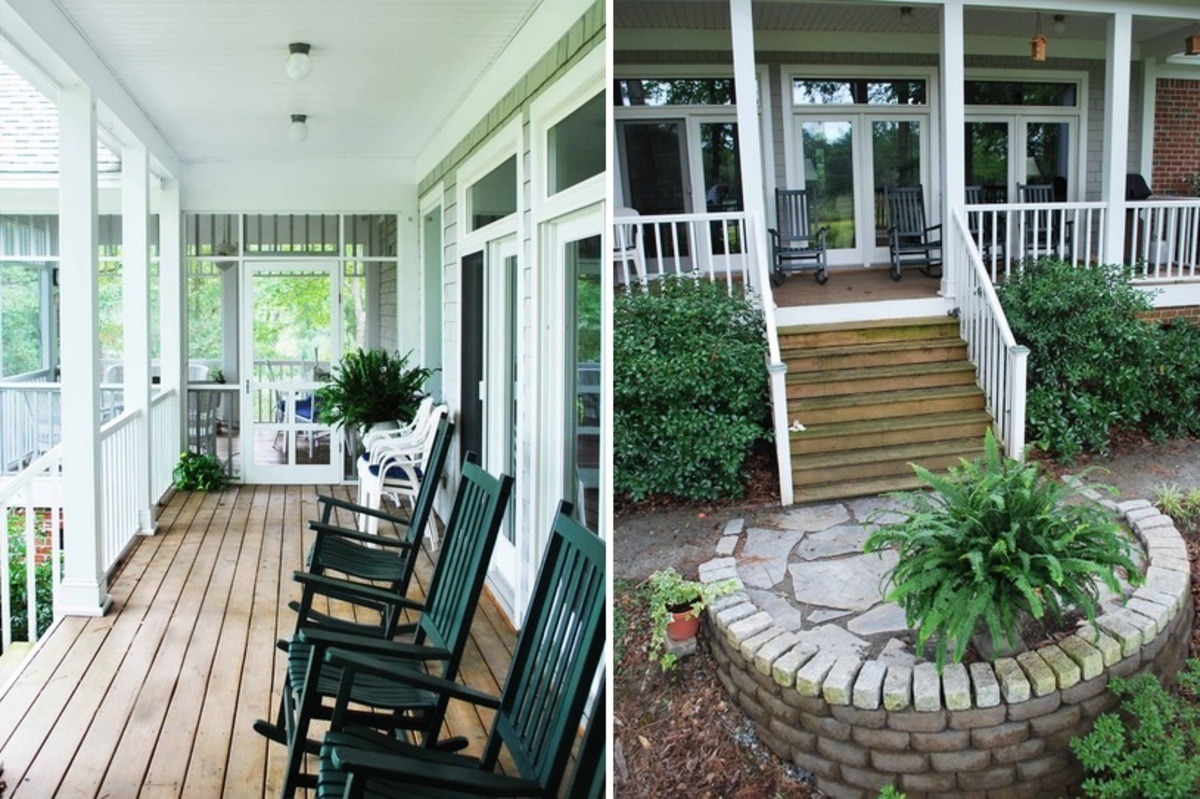
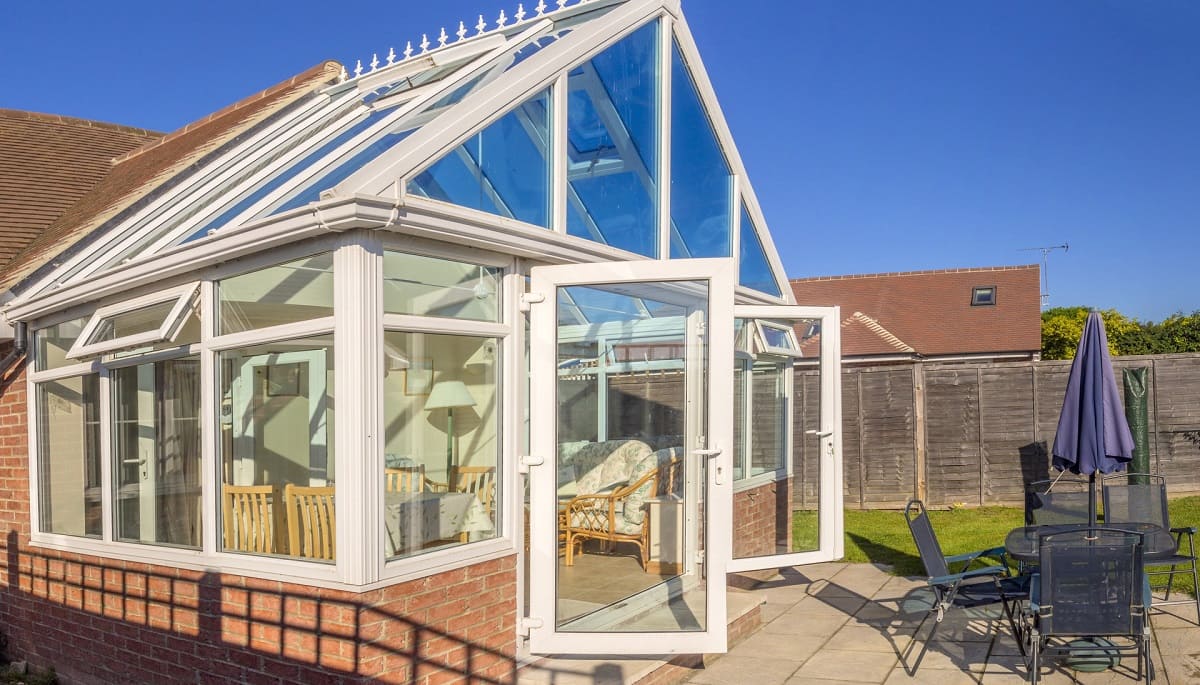
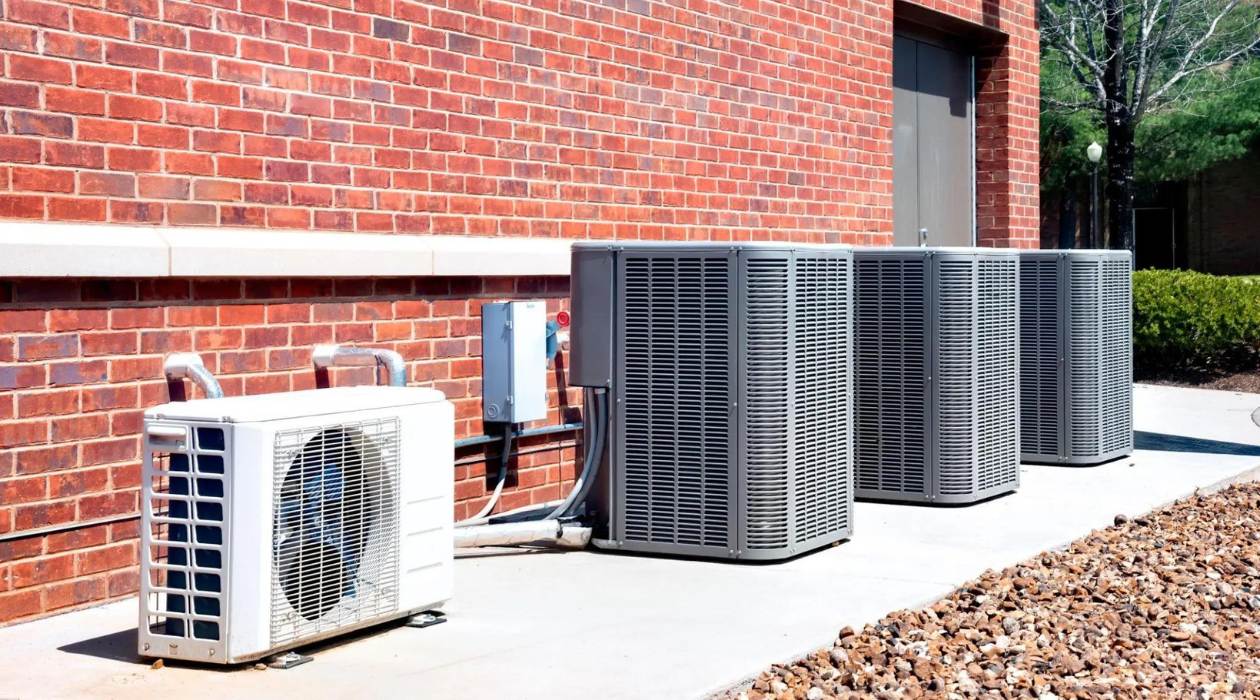
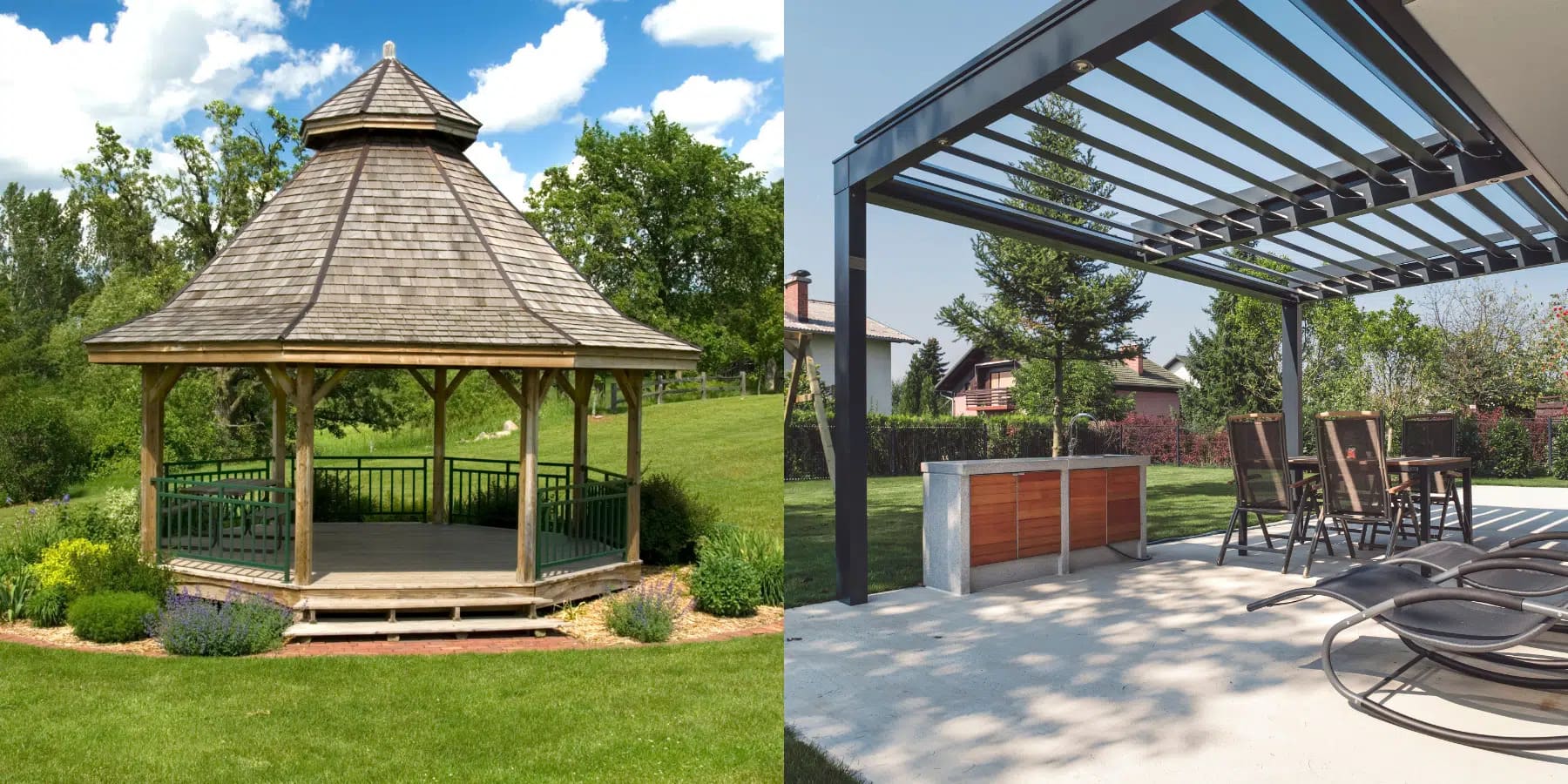
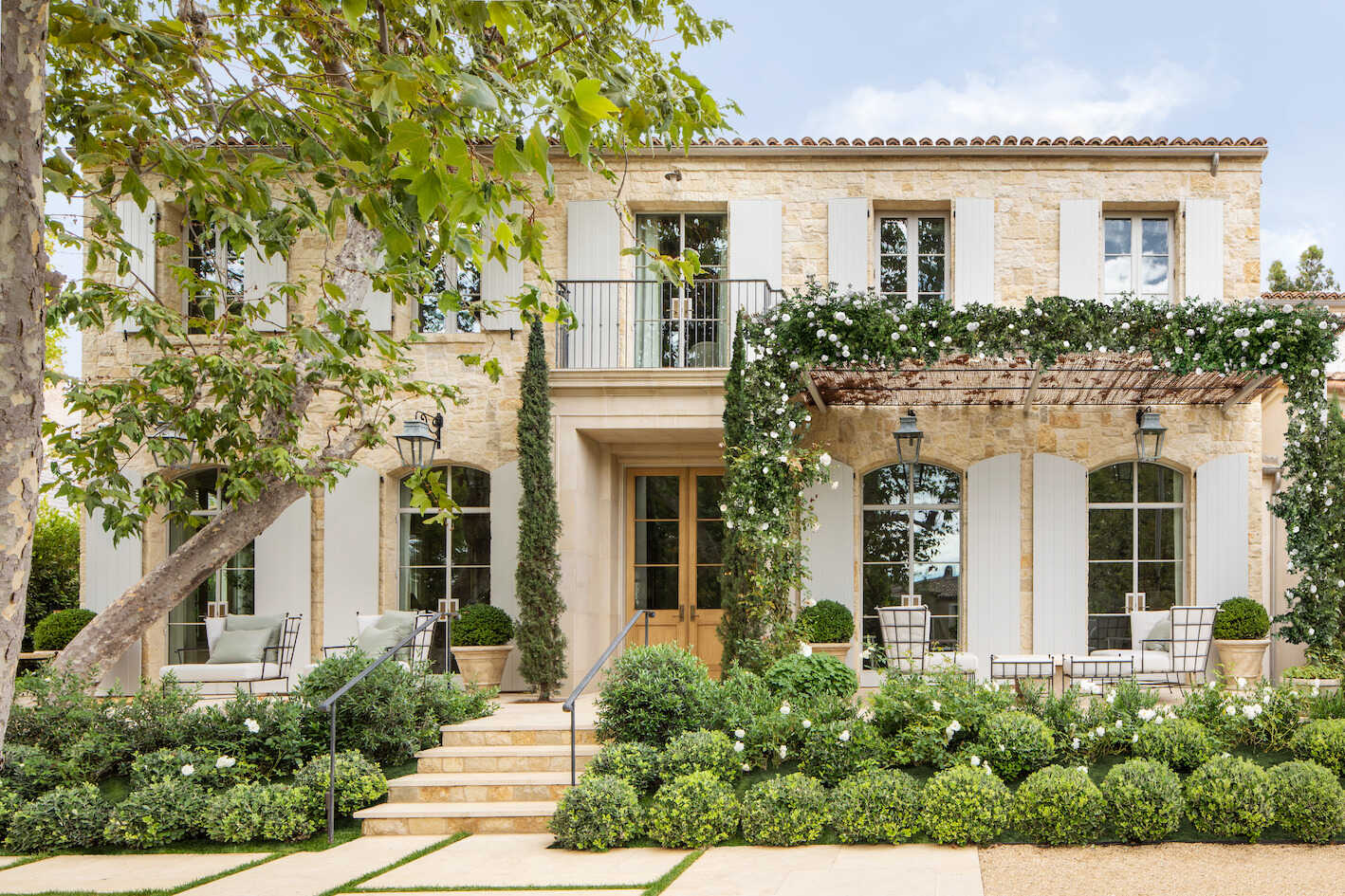
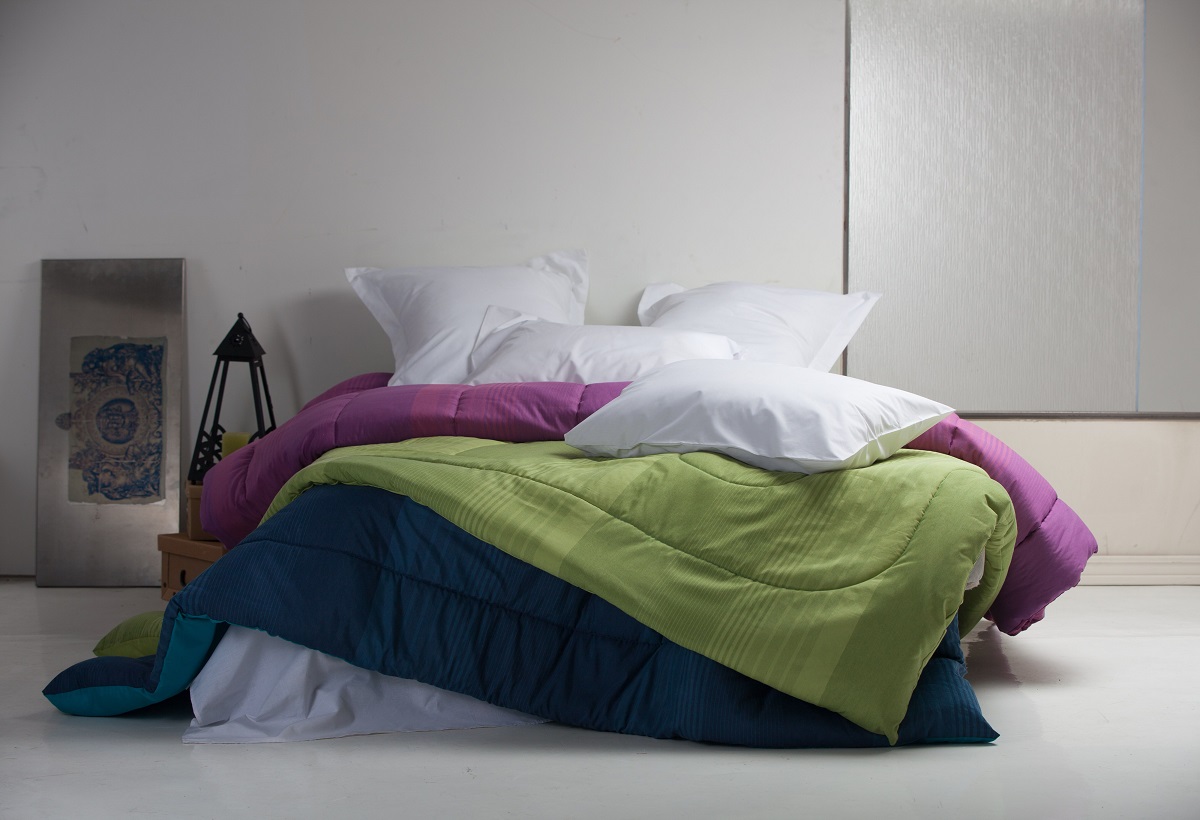
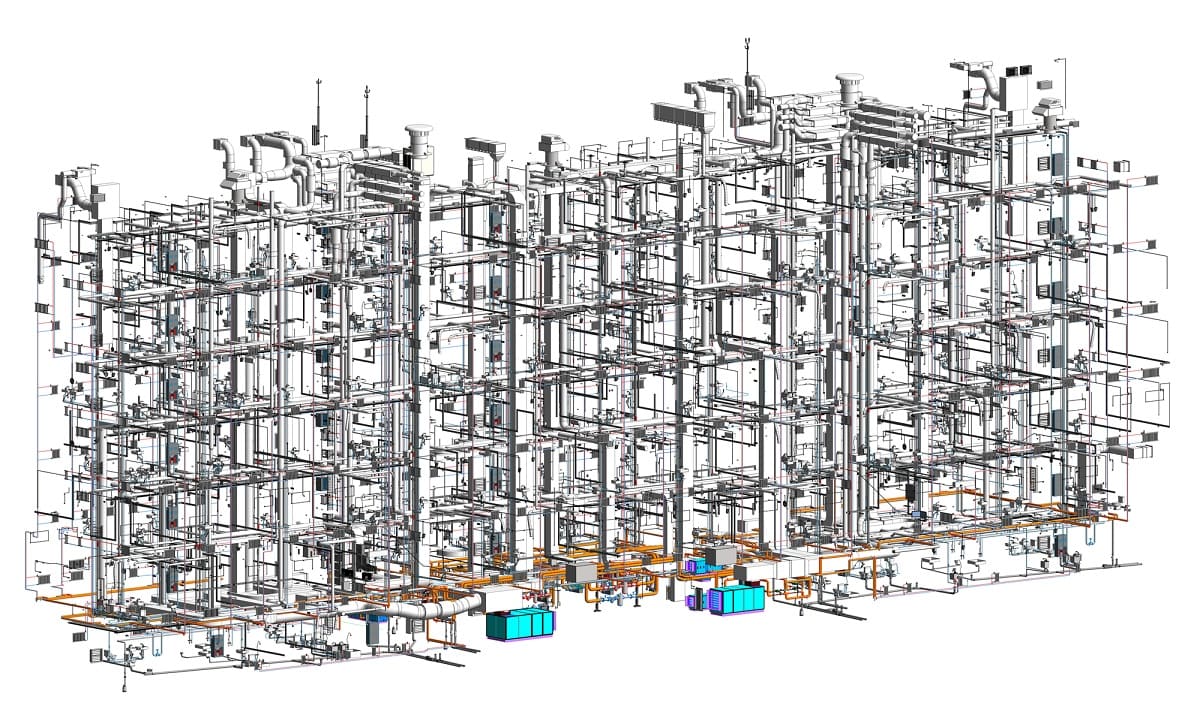

0 thoughts on “What Is The Difference Between Drapes And Curtains”